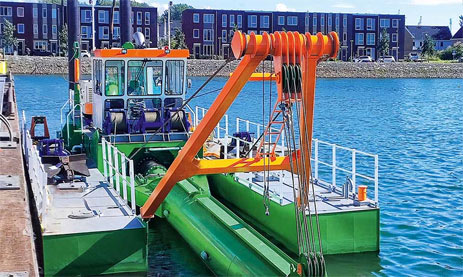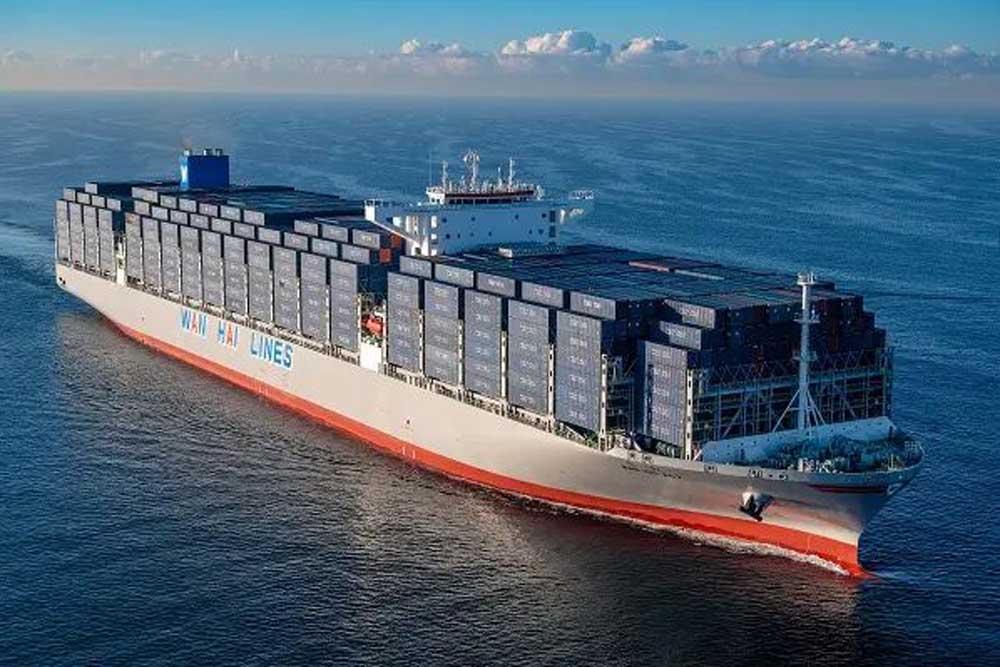This is the lowest level for 16 years: Because good rates can be achieved on the market, significantly fewer bulkers are being scrapped.
The international shipping organisation Bimco reported a 42% drop in bulker scrapping since the beginning of the year. Between January and August 2024, the recycling of bulk carriers reached its second-lowest level in 16 years,” says Filipe Gouveia, Shipping Analyst at the Copenhagen-based organisation, which is mainly supported by shipowners and ship managers. The market is experiencing high freight rates and strong demand, which is delaying the recycling of older ships. “On the supply side, the fleet has continued to grow slowly, which is making fleet renewal more difficult,” Gouveia continues.
So far this year, only 45 bulkers have been recycled, representing 2.5 million deadweight tons (DWT) or 0.2% of the fleet. Recycling declined in all segments, with Capesize and Supramax vessels recording the sharpest drop, almost half of last year’s figures.
Ships remain longer at sea
In the last three years, demand shocks have contributed to stronger-than-expected demand. The sanctions against Russian coal and the detour of ships from the Red Sea and the Panama Canal contributed to the fact that routes were extended and ships remained at sea for longer. On the supply side, the dry bulk sector saw low deliveries and a small order book amid limited newbuilding orders, high newbuilding prices and uncertainty over new fuels, the Bimco statement added.
Since 2021, competition for slots in shipyards has increased overall, initially due to a boom in container and LNG orders and from 2023 due to an increase in orders for crude and product tankers. “In the short term, fleet renewal will not be a major challenge for the sector. The fleet is the oldest it has been since 2011, but only 9 of the capacity is 20 years old or older. That is still younger than the tanker and container fleet,” says Gouveia.
Bulk carriers are generally designed to operate for around 25 years, and only 3% of capacity is currently 25 years old or older. These older vessels are particularly prevalent in the handysize segment and account for 8% of this segment’s capacity, while vessels in the Capesize segment rarely reach the age of 25 years before they are recycled.
Scrapping to increase in the coming years
“In the future, even more ships will be replaced to meet future climate regulations, as energy and fuel efficiency will be key to decarbonisation,” says Bimco. Although ship design has not fundamentally changed in the last twenty years, younger ships are more efficient and better suited to investment in fuel-saving technologies due to their longer lifespan.
“Ship recycling is expected to gradually recover in the coming years as transits through the Panama Canal and the Red Sea eventually return to normal and the market adjusts to other demand shocks. In a weaker market, older, less competitive vessels that would have been recycled in the last three years are likely to be phased out. In the medium term, a stricter climate policy will further promote recycling,” says Gouveia.














